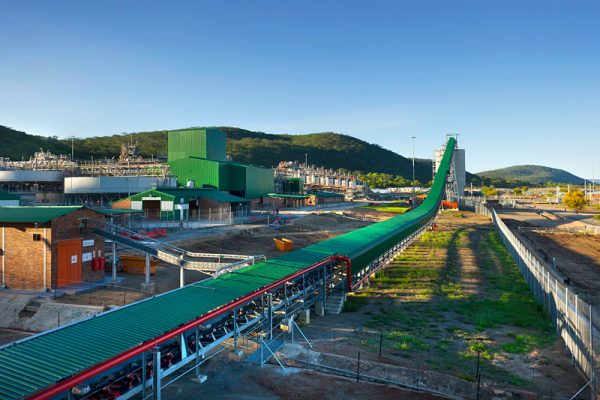ZIMBABWE’S platinum production for the fourth quarter of 2021 increased 6% to 121 000 ounces from 115 000 ounces recorded the same period in 2020. This increase was boosted by additional volumes from Unki Mines’ concentrator debottlenecking project which offset a modest decline recorded by another platinum miner, Zimplats during the period.
According to the fourth quarter report by the World Platinum Investment Council (WPIC), there were lower grades and decreased concentrator recoveries which limited the country’s biggest platinum producer, Zimplats.
However, the country’s fourth quarter platinum production was then improved by the debottlenecking project at Unki Mines, which is the country’s third largest platinum producer.
“Zimbabwe’s platinum production increased 6% (+6 000 ounces) to 121 000 ounces as additional volumes from the concentrator debottlenecking project at Unki offset a modest decline from Zimplats, where lower grades and decreased concentrator recoveries limited output,” WPIC said.
During the period under review, Russia’s output was virtually unchanged year-on-year as the disruption from the mine flooding and concentrator stoppage earlier in the year normalised. Russia is one of the world’s largest platinum producers.
North American production declined 23% to 63 000 ounces, primarily due to the deferred impact of the strike at Vale’s Sudbury operations in addition to safety related production restrictions at Sibanye-Stillwater’s US operations.
Going forward, Zimbabwe’s production capacity is forecast to increase through the concentrator debottlenecking project at Unki and mine development at Zimplats.
North America is expected to add 86 000 ounces as disruption from the Sudbury strike and safety incidents of 2021 normalises, while project development progresses.
However, the ramp-up of new production areas brings inherent risks and regional labour shortages may hamper growth.
As part of growing the platinum production value chain, Zimbabwe’s platinum producers are engaging a consultant to come up with a roadmap that will culminate in the construction of a multi-million dollar base metal refinery.
This comes as Zimbabwe plans to establish a base metal refinery in 2025 and a precious metals refinery by 2027 to process platinum from all the country’s platinum mines.
Platinum miners have a plan to jointly develop a base-metal refinery in the country and the processing plant has been under consideration since 2014. The project is expected to cost about US$134 million.
The current platinum players in Zimbabwe include Zimplats, which is owned by Impala Platinum, Unki Mine – a subsidiary of Anglo American Platinum, and Mimosa, which is jointly owned by Impala and Sibanye Gold.
Zimbabwe holds the world’s largest deposits of platinum after South Africa and has been pushing mining firms operating in the country to build refineries to stop the export of raw platinum ore.
.png)




